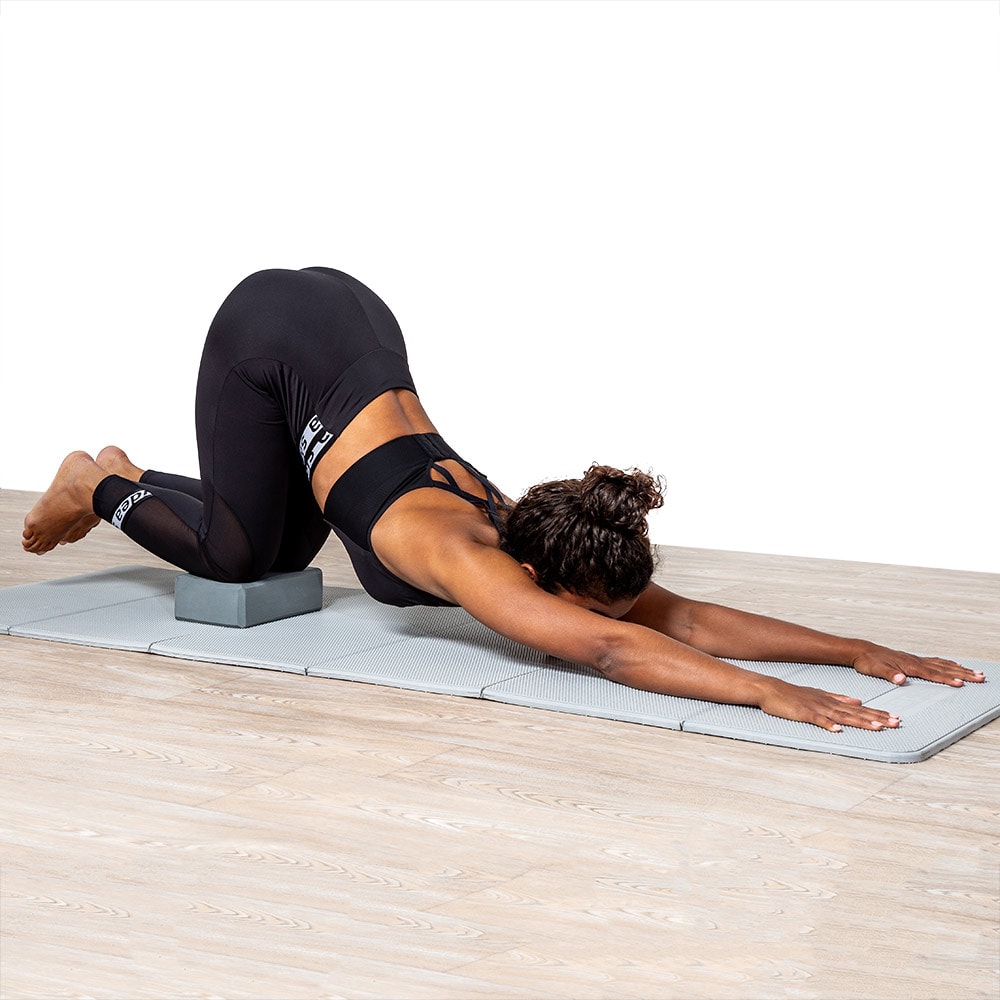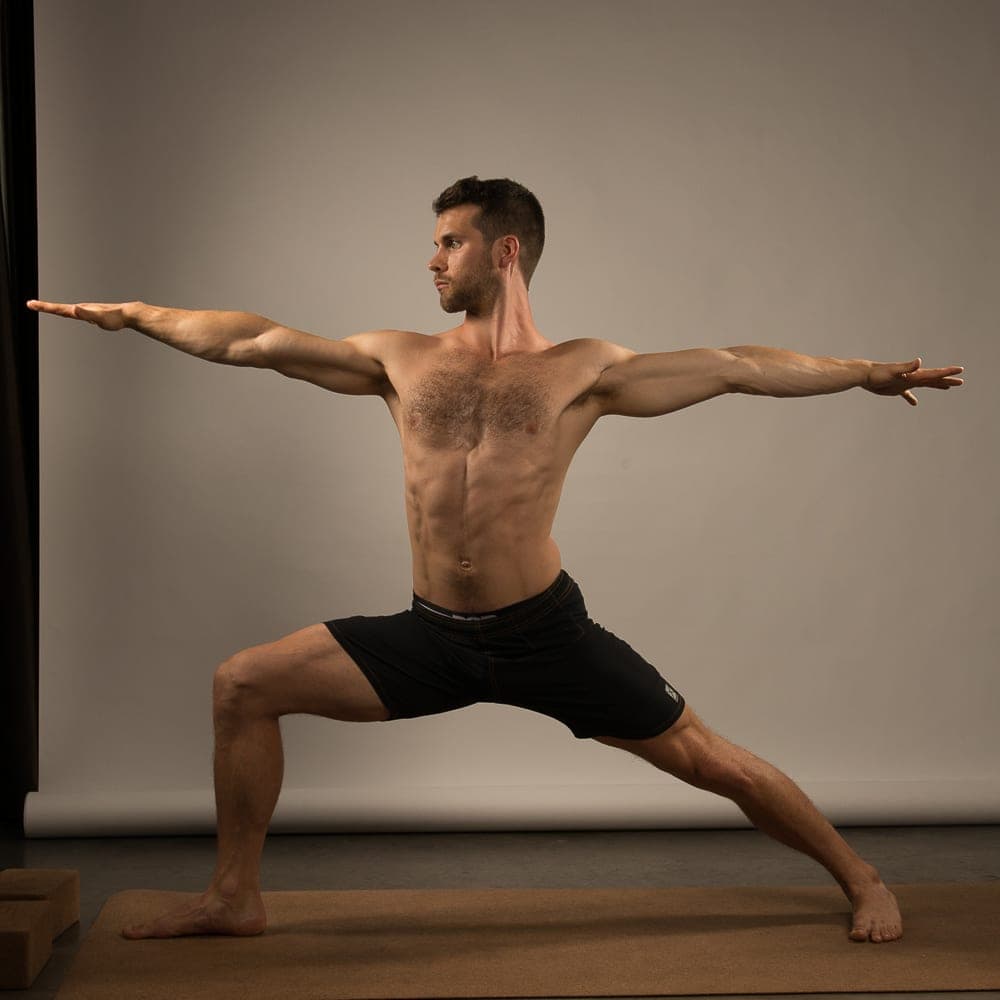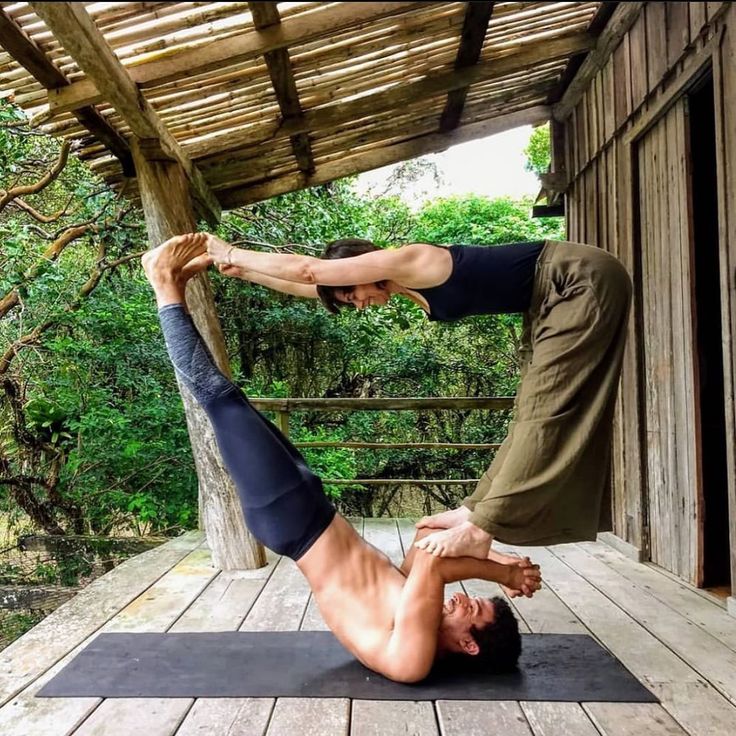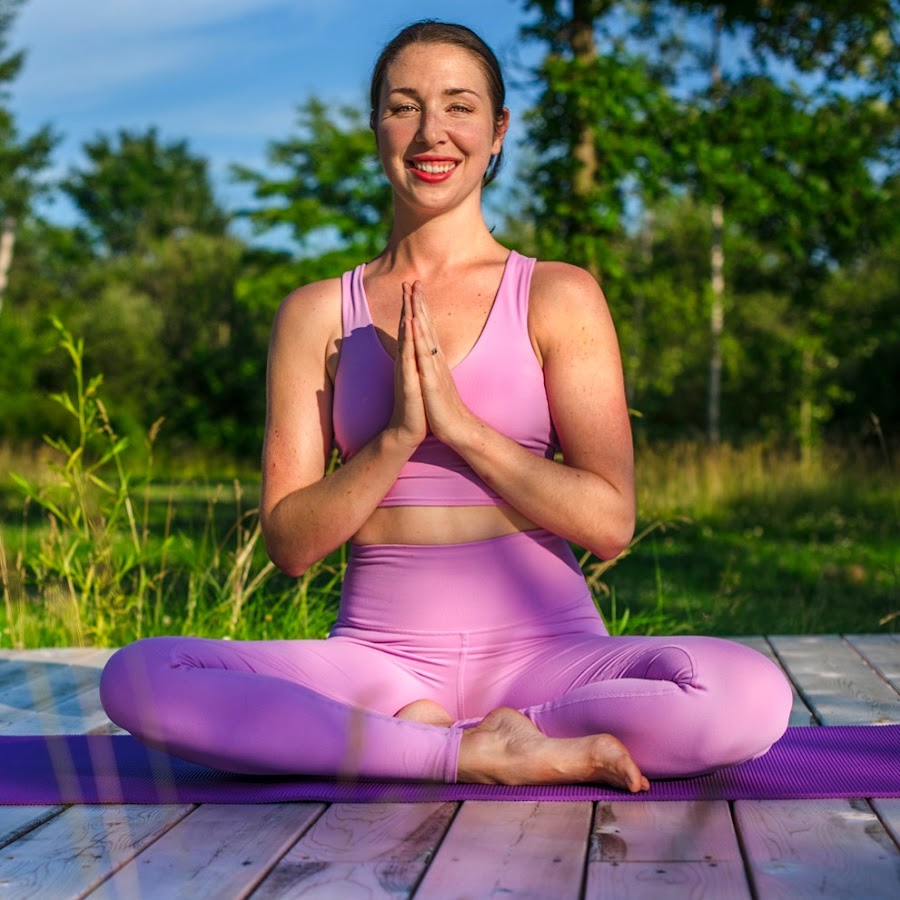 I. Introduction to Yoga Session Length
I. Introduction to Yoga Session Length
When it comes to practicing yoga, the duration of your session plays a crucial role in the overall experience. Understanding the significance of session duration can significantly enhance the benefits you gain from your practice.
A. Understanding the significance of session duration
The duration of a yoga session can influence the depth of your practice and the overall impact on your physical well-being. Whether you have a few minutes or an hour to spare, the length of your yoga session can shape the way you connect with your body, breath, and mind, and ultimately your overall experience.
B. Tailoring session length to personal needs and goals
Each individual has unique needs and goals when it comes to their yoga practice. Some may seek a quick energizing session to start the day, while others may crave a longer session to unwind. Tailoring the length of your yoga session to align with your personal needs allows you to create a practice.
II. Factors to Consider When Determining Yoga Session Length
A. Personal schedule and availability
Your personal schedule and the time you can commit to your yoga practice is a significant factor in determining the length of your sessions. While some individuals may have the luxury of longer, uninterrupted sessions, others may need to incorporate shorter, more frequent practices into their daily routine.
B. Fitness level and experience
Your fitness level and familiarity with yoga also play a role in determining the appropriate session length. Beginners may find longer sessions physically demanding and overwhelming, while more experienced practitioners may seek extended sessions to deepen their practice and explore more advanced asanas and techniques.
C. Specific goals and intentions for the practice
It’s essential to consider the specific goals and intentions you have for your yoga practice. Whether you aim to build strength, increase flexibility, reduce stress, or find spiritual connection, the duration of your session should align with these objectives. Shorter, more vigorous sessions may be suitable for physical conditioning, while longer, more contemplative sessions may be conducive to mindfulness and self-reflection.
III. The Recommended Duration for Different Styles of Yoga
A. Hatha and Gentle Yoga
Hatha and Gentle Yoga, known for their slower pace and emphasis on foundational poses, typically benefit from longer session durations. A duration of 60-90 minutes is often recommended for practitioners to fully immerse themselves. This extended duration allows for a gradual warm-up, deeper exploration of postures, and an adequate period for relaxation and meditation.
B. Vinyasa and Power Yoga
Vinyasa and Power Yoga are characterized by their dynamic and flowing sequences, often involving a series of challenging asanas linked with breath. These styles can be effectively practiced in sessions ranging from 45-75 minutes, allowing practitioners to build heat, strength, and flexibility while maintaining focus and alignment. Shorter durations ensure a balance between the physical intensity and the sustainability of the practice.
C. Restorative and Yin Yoga
Restorative and Yin Yoga, which focus on relaxation and deep stretching, are best experienced through longer sessions. A duration of 75-120 minutes is commonly recommended for practitioners to fully surrender into supported postures.
IV. Creating a Balance in Your Yoga Routine
A. Incorporating shorter sessions for regular practice
Short, concise sessions, ranging from 15-30 minutes, offer an excellent way to maintain regularity in your yoga practice. These shorter sessions can be seamlessly integrated into your daily routine, providing an opportunity to engage in gentle movement, breath work, or meditation. By incorporating brief sessions into your day, you can foster consistency in your practice.
B. Scheduling longer sessions for deep dives into practice
Reserving longer sessions, such as 60-90 minutes, allows for a more immersive and comprehensive yoga experience. Longer sessions provide the time and space to explore a broader range of asanas, breathing exercises, and meditation techniques, facilitating a deeper sense of focus and self-awareness. Such extended sessions present an opportunity for practitioners to delve into the intricacies of their practice, nurturing a profound mind-body connection.
C. Balancing different styles and durations for overall wellness
Balancing a variety of yoga styles and session durations is instrumental in nurturing overall wellness. Incorporating a mix of both shorter and longer sessions, ensures a holistic approach to physical, mental, and emotional well-being. This balance allows for the cultivation of strength, flexibility, relaxation, mindfulness.
V. Understanding the Importance of Warm-Up and Cool Down
The warm-up and cool down segments in a yoga practice are essential components.
A. Allocating time for preparatory movements
Warm-up exercises form an integral part of a yoga session, serving to prepare the body physically, mentally, and energetically for the practice ahead. The warm-up segment typically involves gentle movements, mobilization of joints, and mindful breathing exercises. By dedicating 10-15 minutes to warm-up activities, practitioners create an opportunity to ease into the practice. And it can enhance blood flow, increase body temperature, and reduce the risk of injury. Additionally, the warm-up phase initiates a mental shift, allowing individuals to transition from the external demands of daily life to the internal focus required for yoga practice.
B. Allowing for relaxation and reflection at the end of a session
The cool down or relaxation segment at the end of a yoga session holds equal significance, offering a space for practitioners to integrate the benefits of their practice and transition back into their everyday lives. The cool down phase, encompassing 5-10 minutes, often involves gentle stretches, restorative postures, and mindful breathing, facilitating a sense of tranquility, release, and introspection. By allowing time for relaxation and reflection, individuals can harness the physical, mental, and emotional benefits of their practice, promoting a state of calm, renewal, and inner connection.
By understanding and honoring the significance of warm-up and cool down segments, practitioners can optimize the benefits gained from their yoga practice. Incorporating preparatory movements and relaxation into each session not only fosters a safe and effective practice but also nurtures a deeper mind-body connection and overall sense of well-being.
VI. Listening to Your Body and Adapting Your Practice
Listening to your body and adapting your yoga practice is essential for ensuring a mindful approach to your overall well-being. Recognizing signs of fatigue or overexertion, modifying session length based on personal needs, and honoring the practice as a journey, not a destination, are crucial elements in fostering a balanced and nurturing yoga experience.
A. Recognizing signs of fatigue or overexertion
One of the fundamental aspects of a beneficial yoga practice is the capacity to recognize and respond to the signals your body communicates. Whether it’s physical strain, mental fatigue, or emotional imbalance, being attuned to these signs allows practitioners to modify their practice to prevent injury and promote wellness. Sensitivity to indications of overexertion empowers individuals to adjust their approach, cultivate self-awareness, and uphold a mindful alignment between body, mind, and spirit.
B. Modifying session length based on personal needs
The flexibility to adapt the length of your yoga sessions based on your personal needs is an invaluable tool in customizing your practice to serve your overall well-being. There may be days when a shorter, rejuvenating session best complements your energy levels, while other times, a longer, more immersive practice may be conducive to deepening your mind-body connection. By consciously modifying session length to correspond with your current state and requirements – be it physical, mental, or emotional – practitioners can cultivate a practice that resonates harmoniously with their individual needs and intentions.
C. Honoring the practice as a journey, not a destination
Yoga is a profound journey of self-discovery, growth, and transformation. Recognizing the practice as a continual process of personal evolution, rather than a pursuit of a specific outcome, fosters a nurturing and sustainable approach to yoga. Embracing each session with an open heart and a non-judgmental attitude allows practitioners to honor their unique progression, embracing the inherent fluctuations of the mind and body with compassion and attentiveness. In doing so, individuals can cultivate a practice that encourages self-nurturance, fosters resilience, and collaborates with the ebb and flow of life.


